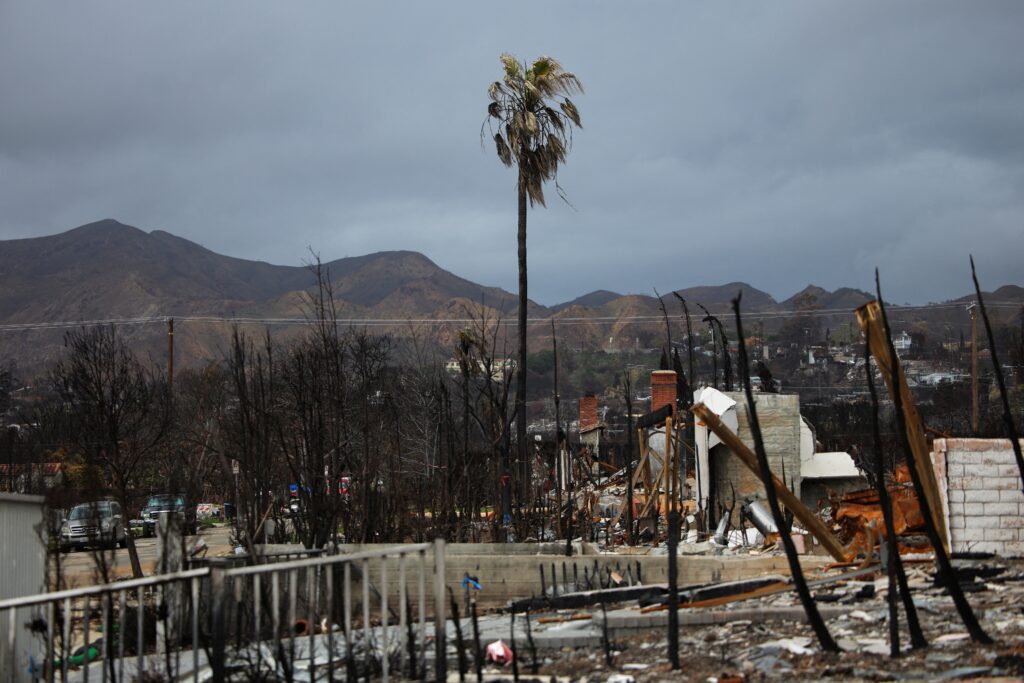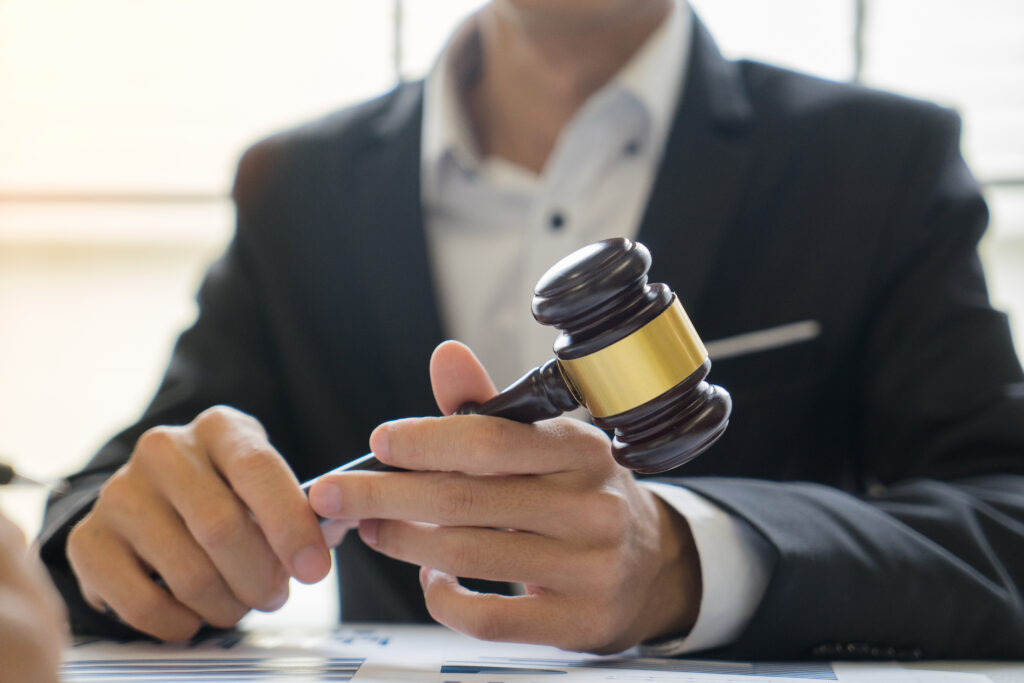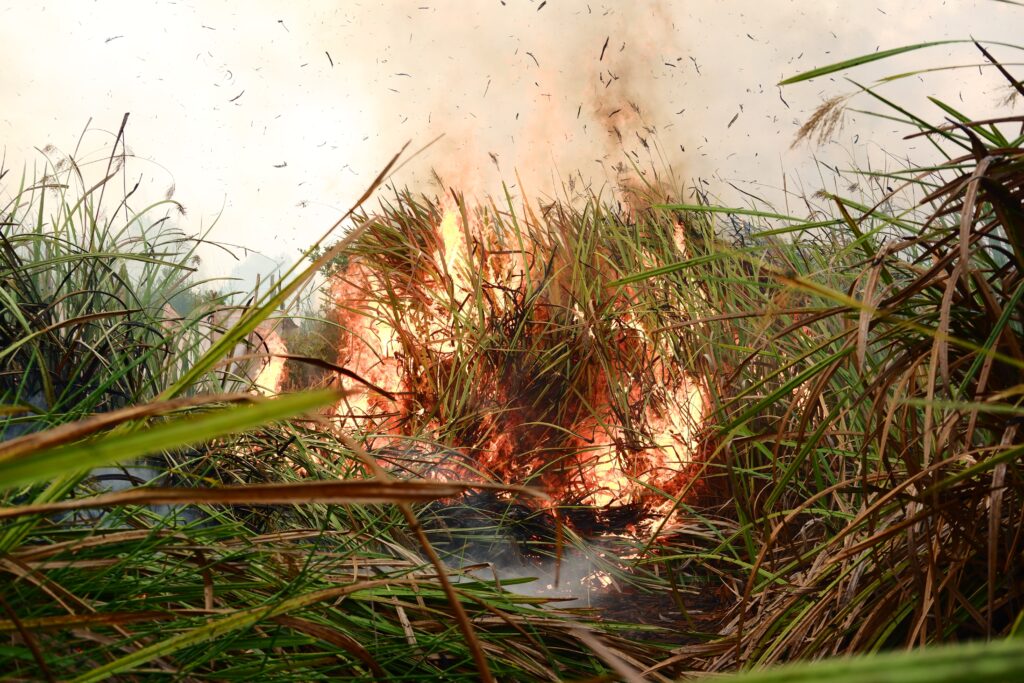How does California’s wildfire recovery compare to other states? This question matters deeply to anyone living in wildfire-prone regions. Recovery efforts vary widely from state to state, with significant differences in laws, compensation systems, and community response strategies.
Knowing these differences helps homeowners, business owners, and others impacted by wildfires to understand what resources are available and what obstacles they might face.
California’s Wildfire Recovery Framework

California’s approach to wildfire recovery stands out because of its size and frequency of fires. The state has dealt with massive wildfire events, often caused by human activity or corporate negligence, leading to a strong emphasis on creating laws and systems to help residents recover.
The California Department of Forestry and Fire Protection (CAL FIRE) works with federal, state, and local agencies to address wildfire response and recovery. These efforts include fire suppression, community rebuilding, and introducing fire prevention measures.
However, the recovery process doesn’t end at extinguishing a fire. Compensation and rebuilding are significant in helping individuals and businesses restore their lives.
Comparing Legal Approaches
California’s wildfire laws
California laws center on both prevention and accountability. When wildfires are caused by utility companies or corporate negligence, California laws allow victims to file lawsuits to seek compensation. High-profile cases against companies like PG&E highlight the state’s commitment to holding negligent entities responsible.
California also oversees strict homeowner insurance requirements. Insurers must offer coverage to residents in high-risk areas, though policies may come with higher premiums. The California FAIR Plan provides an option for those who can’t find insurance through traditional means. However, this option typically offers more limited coverage than standard policies.
How Other States Handle Wildfire Recovery
Other states with wildfire risks, like Colorado, Oregon, and Washington, take different approaches. While California is known for its strong liability laws, in other states, corporate negligence may not come under the same level of scrutiny.
For example:
- Colorado: Recovery relies heavily on federal disaster aid and less on lawsuits against parties accused of negligence. The state places more emphasis on improving firefighting resources than creating avenues for victim compensation.
- Oregon: Like California, utility-caused fires can lead to lawsuits, but legal precedents and recovery funds remain more limited. Nonprofits and community organizations often step in to fill the gaps.
- Washington: Recovery efforts focus on community preparedness and prevention. Lawsuits against responsible parties are common but don’t always achieve the same levels of compensation available in California.
Compensation for Victims
Victims of wildfires in California can pursue compensation through multiple paths, including lawsuits against at-fault parties, government assistance, and insurance payouts.
Looking at other states’ systems shows how policies vary.

- California victim compensation: Residents whose properties are damaged by utility-caused fires can file lawsuits to recover losses. Many also receive compensation through settlement funds. PG&E, for instance, has paid billions in settlements over wildfires caused by their actions. Federal disaster relief is another option for those unrecoverable through lawsuits or insurance.
- Colorado disaster relief: Colorado relies on FEMA assistance in fire recovery but lacks comparable systems for lawsuits against negligent utility providers. Insurance is the primary recovery option here, alongside state-run emergency relief programs.
- Oregon wildfire victim resources: Oregon offers disaster recovery grants to residents affected by wildfires, but these are capped and don’t match California’s settlement funds from lawsuits. Nonprofits and community efforts often supplement victim recovery support.
Community Rebuilding Efforts
California’s rebuilding program
Rebuilding homes and infrastructure after a massive wildfire takes years. California has initiated several programs to speed up rebuilding while incorporating fire-resistant materials and strategies.
Some examples include incentivizing rebuilding in less fire-prone areas, providing financial assistance for those underinsured, and zoning changes aimed at reducing housing density in wildfire-prone zones.
However, challenges persist. Many victims face delays in insurance payouts and disputes over the cost of rebuilding. Others are forced to deal with corporate forms and portals that make it difficult to receive fair compensation.
Recovery trends in other states
- Colorado: Community rebuilding in Colorado tends to focus on funding mitigation strategies more than reconstruction efforts. Programs aim to help victims rebuild, though rates of uninsured losses affect how much recovery takes place.
- Oregon and Washington: Both states heavily invest in reforestation and fire-resilient infrastructure. Unlike California, fewer statewide rebuilding incentives can complicate recovery for those without insurance or savings.
Cleaning Up Wildfire Damage
Wildfire damage cleanup is another area where California’s recovery efforts stand apart. The state frequently collaborates with the federal government to remove toxic waste and clean debris after significant wildfires.
This includes removing hazardous waste from burned-out structures, ensuring sites are safe for rebuilding, and protecting environmental quality.
Oregon also prioritizes cleaning up fire-damaged areas with state and federal funds.
Washington, on the other hand, prioritizes reforestation, which helps manage long-term wildfire risks but offers less direct assistance to homeowners impacted by them. Residents in other states often rely more heavily on private contractors for cleanup, which can increase costs without additional insurance support.
Laws Favoring Recoveries After Corporate Negligence
California’s wildfire litigation environment stands out because of its focus on corporate responsibility. Victims have successfully recovered damages from companies that failed to maintain equipment, allowing wildfires to spread.
Laws support victims by broadening access to legal recourse, whether for homeowners, renters, or businesses. Oregon and Washington do not have the same scope for suing utility companies.
Their recovery efforts rely more on public funding and grants, which may not provide the same restitution levels as private insurance settlements or corporate lawsuit awards.
The Role of Indigenous Fire Management Practices in Recovery
Traditional Indigenous fire management techniques are gaining attention for their potential to support wildfire recovery and prevention in California and other states.
These practices, often called cultural burning, involve intentionally setting low-intensity fires to reduce vegetation, clear out dry underbrush, and restore ecological balance.
For generations, Indigenous communities have used these methods to manage landscapes, create sustainable resources, and prevent destructive wildfires.
California has started to recognize the value of these practices as extreme wildfire events become more frequent.
State agencies are now partnering with tribes to integrate cultural burning techniques into broader wildfire management strategies. For example, the Karuk and Yurok tribes in Northern California have collaborated with government agencies to conduct prescribed burns on their ancestral lands. These efforts have shown measurable success in reducing hazardous fuels and promoting healthier ecosystems, which aids recovery from previous fires.
Legal and policy challenges
Although there is growing support for these practices, integrating them into modern wildfire recovery frameworks comes with legal hurdles. Due to liability concerns and strict environmental regulations, current fire management laws often limit the use of prescribed burns.
Permitting processes can be lengthy and involve layers of approval, which may discourage their use. Additionally, cultural burning traditions may not always align with federal and state policies that dictate land use and fire prevention strategies.
Another challenge arises from conflicting views on fire management.
Indigenous burning practices emphasize working with natural fire cycles, contrasting with modern policies to extinguish as many fires as possible. Adjusting these policies to accommodate cultural burning requires significant shifts in regulatory approaches while ensuring the safety of surrounding communities.
Legal Challenges of Rebuilding in High-Risk Zones
Rebuilding after a wildfire can be more complicated than many people expect, especially in high-risk zones. California and other states have put zoning laws and building codes in place to reduce wildfire risks, but these regulations can also create significant legal challenges for property owners trying to rebuild.
Zoning laws and building restrictions
Zoning laws often limit rebuilding in areas deemed too dangerous due to wildfire risks. Local governments sometimes rezone areas after a wildfire, changing where homes can be built or limiting future development.
These decisions aim to minimize casualties and damage during future fires, but they can leave property owners struggling to restore their homes.
Building codes favoring fire-resistant design
Building codes add another layer of complexity to wildfire recovery. California requires new structures in high-risk areas to include fire-resistant materials, such as metal roofs, ember-resistant vents, and non-combustible siding. While these modifications reduce fire hazards, they raise construction costs and stretch timelines.
Permitting delays
Securing permits to rebuild can take months or even years, delaying recovery significantly. State and local governments require property owners to submit detailed rebuilding plans for approval, which must comply with all zoning and building regulations.
Limited infrastructure and resources
Another challenge comes from rebuilding areas where infrastructure has been damaged or destroyed. Wildfires often destroy roads, water lines, and electrical grids, making rebuilding harder for residents.
Municipalities can take years to rebuild infrastructure in remote or high-risk zones, leaving property owners unable to proceed with construction until basic services are restored.
Cost of rebuilding compliance
Rebuilding in fire-prone zones takes time and demands significant financial resources. Fire-resistant materials, architect approvals, and permit applications increase costs, and some homeowners find their insurance payouts fall short.
Working with professionals familiar with these regulations can also help individuals avoid costly mistakes and delays.
How Indigenous Practices Influence Recovery

Integrating cultural burning into recovery efforts can transform how communities rebuild and prepare for future wildfires. Low-intensity burns reduce the likelihood of extreme fire events, allowing ecosystems to recover more quickly.
These techniques also promote biodiversity, improving the natural resources that many rural and tribal communities rely on. Including Indigenous practices in wildfire recovery is about acknowledging the knowledge of those who have lived on the land for thousands of years.
Expanding legal and financial support for cultural burning could help California and other states finish recovery efforts while preventing further disasters.
Adapting these methods requires thoughtful collaboration between tribes, government agencies, and other stakeholders, but the potential benefits make it a worthwhile investment for all involved.
Steps to Take in the Weeks After a Wildfire
When a wildfire has inflicted damage, and the immediate danger has passed, there are steps you can take to protect your rights and begin rebuilding. These steps focus on the weeks following the disaster, when homeowners and businesses are navigating recovery and support systems.
- Document damage
Take photos of any property damage, including burned structures, scorch marks on homes, or destroyed belongings. Video can also help capture the full extent of losses. Clear documentation plays a critical role in both insurance claims and legal cases. - Review insurance policies
Carefully review your homeowner or renter insurance policy to determine coverage limits and exclusions. Notify your insurance provider about the damage immediately and maintain a record of all communication. - Avoid compensation portals
Many utility companies set up portals for wildfire victims to apply for compensation directly. While this may seem convenient, using these portals may limit your ability to recover fair compensation later. Consult an attorney before engaging with these platforms. - Track expenses
Keep records of costs incurred during recovery, such as temporary shelter, food costs, and replacement items. These records support insurance claims and lawsuits. - Review legal options
Consult California’s legal resources or speak to an attorney to assess whether you may have grounds for a lawsuit. If negligence can be proven, legal action may provide broader compensation than what insurance covers. - Join rebuilding assistance programs
Look into rebuilding incentive programs in your area, such as grants for fire-resistant materials or housing assistance options. California offers various programs to speed up recovery, especially in high-risk zones.
Why California Leads in Wildfire Recovery

California’s emphasis on legal structures, compensation opportunities, and rebuilding support makes it a leader in wildfire recovery. No program or policy is perfect, but California’s model often gives wildfire victims options that other states lack.
Whether through lawsuits, insurance, or public assistance, residents can combine resources to recover in ways not always available elsewhere. However, pursuing these options requires preparation and a strong understanding of what laws and resources apply to your situation.
If you or someone you know is recovering from wildfire damage and struggling to find justice, contact a trusted California Wildfire Attorney at Bernheim Law Firm by calling (800) WILDFIRE. Their team has years of experience holding negligent parties accountable and securing the compensation you deserve.